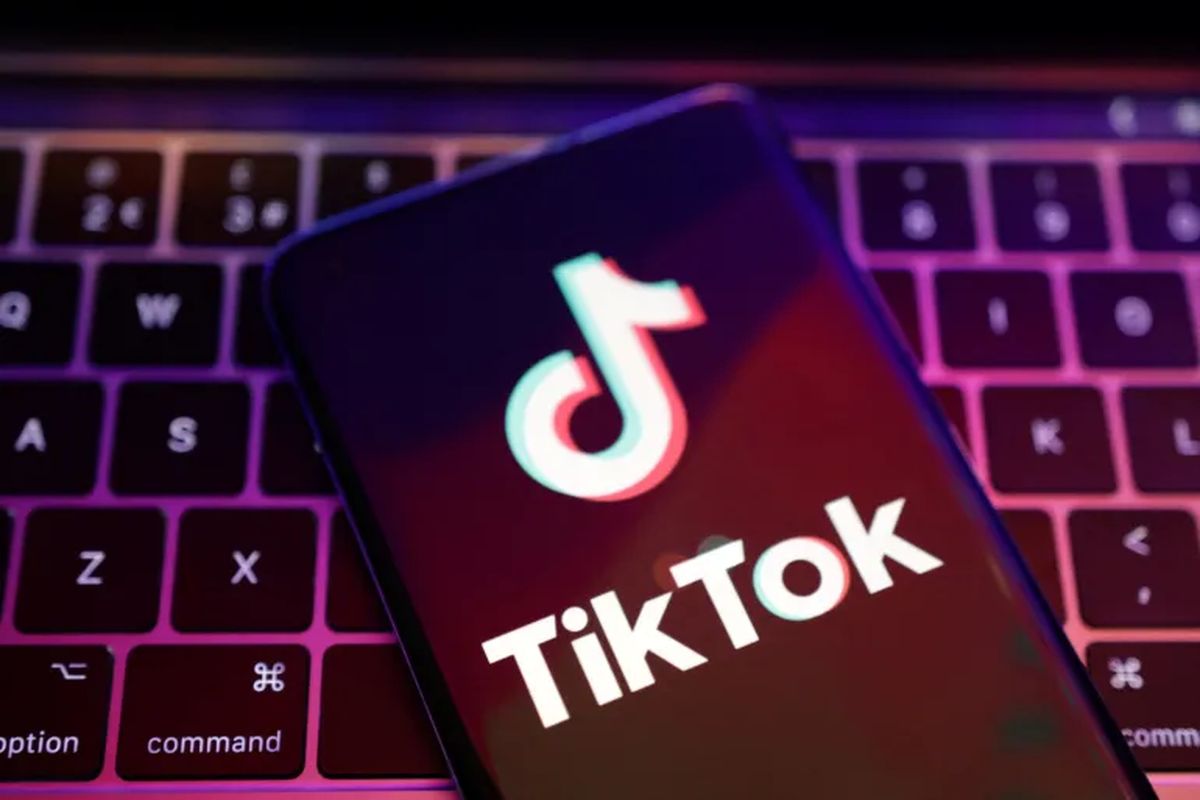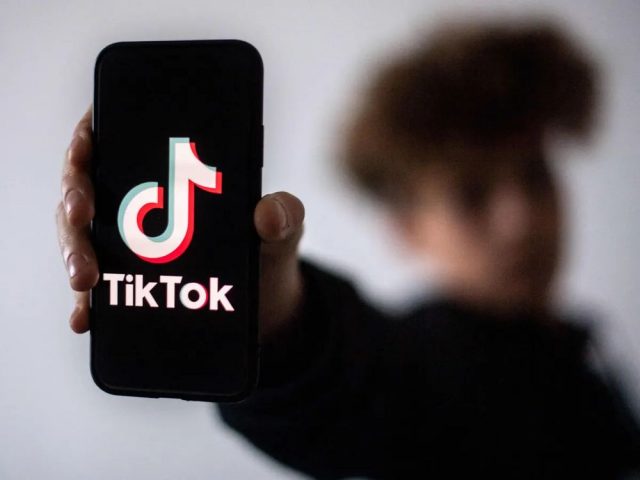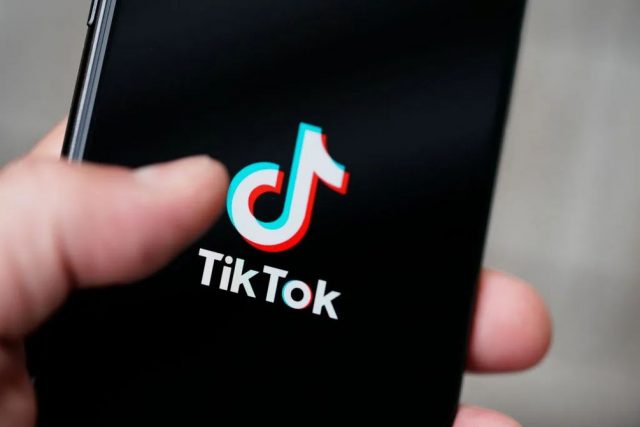In recent years, TikTok has been progressively pushing to expand its e-commerce segment in Southeast Asia, the United Kingdom (UK), and the United States (US).
Since it was launched in 2017, TikTok has exploded to become one of the largest social media platforms globally, with billions of users logging on daily to scroll through the unlimited loop of entertaining, algorithm-selected videos.
Beyond the partnerships and brand deals, TikTok is also a hive of payment activity. From tipping the content creators to buying various items via TikTok Shop, TikTok payments are passed from users to the merchants and creators on the app daily.
It now seems like TikTok has decided to follow in the footsteps of Douyin, its Chinese counterpart. The video streaming giant is doubling down on its e-commerce arm, according to a Forbes report published earlier this year. Based on that report, TikTok owner, ByteDance, is developing a centralized payments network to support quicker payments via TikTok and many other platforms.
The Forbes report explored how payments work on social media platforms and how content creators get paid compared to other social media platforms. It also discusses the future of the payments sector.
Related: TikTok Launches Text-Only Posts As Twitter Rebrands To X
How Do Payments Work On TikTok
On September 7, 2023, FXC Intelligence published an extensive report about the way payments work on TikTok compared to the other platforms, and where the firm’s e-commerce strategy will take it in the coming months.
Currently, TikTok’s growing e-commerce reach is developing new opportunities for investors and businesses. The platform is a hive of payment activity, with massive volumes of payments passing from users to merchants and creators in the app daily.
There are several ways that creators make money on TikTok, including the Creator Marketplace, LIVE gifts, the TikTok Creator Fund, affiliate links, rewards, and the TikTok Shop.
Just like the other social media platforms, content creators can get payouts in a limited number of methods on TikTok with this mostly affected by the region where the creator is located, and the source of the funds that are paid out. For instance, while the TikTok tips are paid using Stripe, the payouts for LIVE gift balances are mostly paid to PayPal wallets or a linked bank account.
Thus, TikTok currently relies on third-party payment providers, which makes the payout process long and complex.
In general, there is a limited number of payment strategies available to cash out on rewards, with these normally coming with a minimum payout requirement. In the case of TikTok, the minimum withdrawal limit for the Creator Fund is $10. But, for the livestream rewards system, minimum amounts vary subject to the region and payment strategy.
For PayPal users in the UK, EEA, or Switzerland, for instance, the minimum amount that they can withdraw is $1, while for bank transfers in the UK, the minimum amount that can be withdrawn is equivalent to $9.
A senior copywriter and author of the FXC report, Joe Baker, stated:
“Billions of dollars pass through TikTok year-on-year via a wide variety of revenue streams. Using third-party payment providers to facilitate payouts is subjecting creators and merchandisers to lengthy processing times and uncertain payout schedules.
“With the sheer volume of payments happening through the app every day, it could make sense for the platform to develop more of its own payments technology, rather than relying on third-party payment providers – particularly if it can make payments more streamlined, faster and more convenient for creators and merchants.”
Considering TikTok’s e-commerce arm, TikTok expects growth to be pushed by Southeast Asia in 2023, with Bloomberg stating in June that the app strives to quadruple the size of its global e-commerce company to surpass $20 billion in merchandising sales in 2023. Nonetheless, it faces massive competition from other competitors in the area.
Related: TikTok To Move Into eCommerce In 2021 And Beyond, Innovations Help It Thrive
Since TikTok Shop was launched in 2021, it has seen different success in regions around the world. In Indonesia, it has grown massively, becoming the fifth biggest e-commerce platform in the nation, based on Singapore-based research company Momentum Works, and holds a 5% market share in the nation’s e-commerce business. It still pales when compared to leaders Tokopedia (35%) and Shopee (36%).
Based on TikTok, users are allegedly 1.5 times more likely to go out and buy something that they found on the platform compared to the other platform’s users.
When reviewing the use of the #TikTokmademebuyit hashtag, the number of views of videos increased by nearly 220% to reach 67 billion YoY in August 2023. This proves the increased use of the hashtag on videos and the extent to which TikTok is growing as a platform that drives purchases.
TikTok is trying to capitalize on a Western e-commerce opportunity that has already been adopted by other Chinese firms. Nonetheless, TikTok still struggles with its link with China, and while the move to sell these Chinese-made products at discounted prices has been highly successful for other e-commerce firms, it would be for nothing if nations decided to ban the app.
Several countries, including Australia, the US, and Canada, have banned the use of TikTok on government devices, while India banned the app fully in 2020, insisting that it wanted to “protect the data and privacy of its 1.3 billion citizens”.










